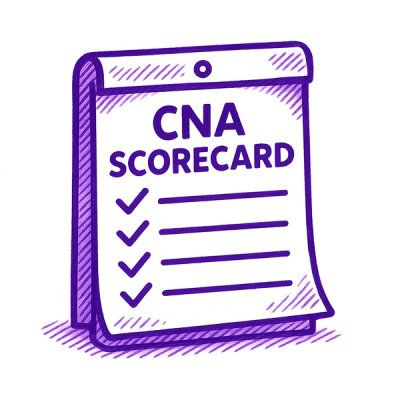
Security News
npm Adopts OIDC for Trusted Publishing in CI/CD Workflows
npm now supports Trusted Publishing with OIDC, enabling secure package publishing directly from CI/CD workflows without relying on long-lived tokens.
Convert SRT format subtitle to WebVTT on the fly over HTML5 environment
HTMLMediaElement/Video doesn't support .srt (SubRip Track) format subtitle as its <track> source - in order to show captions of your video track either you have to convert the SRT file to WebVTT or write it on your own. Because <track src="VALID URL SCHEME"> requires a valid URL of .vtt (Web Video Text Track) formated subtitle track.
This library will let you do this on the fly and will give you an URL to set the source of caption track.
https://imshaikot.github.io/srt-webvtt/
$ npm install srt-webvtt --save
Using it very easy but a little tricky indeed. To getting started:
// Using ES6 es-module
import toWebVTT from "srt-webvtt"; // This is a default export, so you don't have to worry about the import name
// Not using ES6??
var toWebVTT = require("srt-webvtt");
When you're using HTMLMediaElement (example: <video>) and you want to show caption on your video player - there's a native HTML Element that will allow us to do that.
See the official MDN article and tutorial of this <track> feature
Adding captions and subtitles to HTML5 video
But this feature is limited to WebVTT format and won't allow you to use SRT (very commonly used subtitle)
So, this tiny library will take your .srt subtitle file or a Blob object and will give you converted .vtt file's valid Object URL that you can set as <track>'s source.
import { default as toWebVTT } from "srt-webvtt";
try {
const textTrackUrl = await toWebVTT(input.files[0]); // this function accepts a parameer of SRT subtitle blob/file object
// It is a valid url that can be used as text track URL
var track = document.getElementById("my-sub-track"); // Track element (which is child of a video element)
var video = document.getElementById("my-video"); // Main video element
track.src = textTrackUrl; // Set the converted URL to track's source
video.textTracks[0].mode = "show"; // Start showing subtitle to your track
} catch (e) {
console.error(e.message);
}
toWebVTT(file: Blob): Promise<string> and this is it :)
MIT
FAQs
Convert SRT format subtitle to WebVTT on the fly over HTML5 environment
The npm package srt-webvtt receives a total of 1,245 weekly downloads. As such, srt-webvtt popularity was classified as popular.
We found that srt-webvtt demonstrated a not healthy version release cadence and project activity because the last version was released a year ago. It has 1 open source maintainer collaborating on the project.
Did you know?

Socket for GitHub automatically highlights issues in each pull request and monitors the health of all your open source dependencies. Discover the contents of your packages and block harmful activity before you install or update your dependencies.

Security News
npm now supports Trusted Publishing with OIDC, enabling secure package publishing directly from CI/CD workflows without relying on long-lived tokens.

Research
/Security News
A RubyGems malware campaign used 60 malicious packages posing as automation tools to steal credentials from social media and marketing tool users.

Security News
The CNA Scorecard ranks CVE issuers by data completeness, revealing major gaps in patch info and software identifiers across thousands of vulnerabilities.